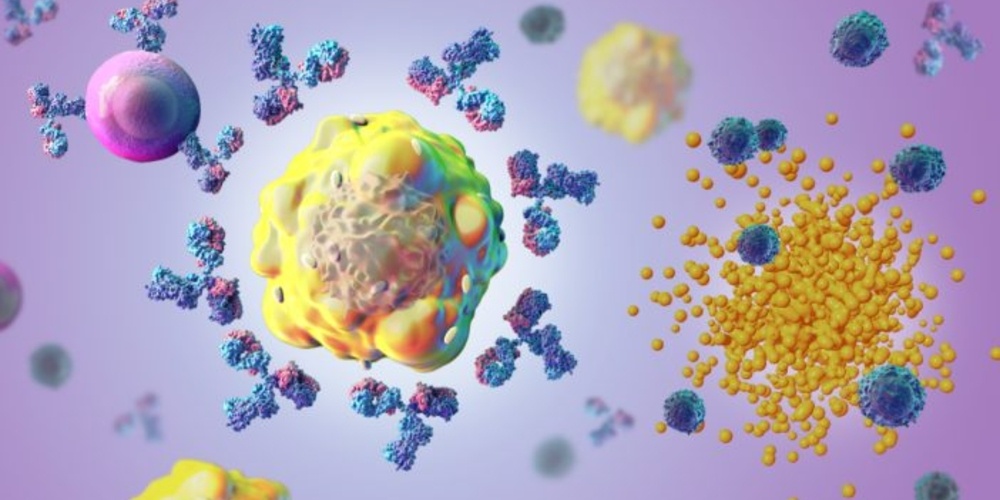The basic design of a windmill electric generator is straightforward. The rotor blades, which are angled to catch the wind, are attached to a central hub. As the wind blows, the rotor blades rotate, causing the hub to turn. The hub is connected to a shaft, which rotates an electric generator, producing electricity. The electricity is then sent through power lines and distributed to homes and businesses.

Wind power is a clean and renewable energy source, which makes it an attractive option for those looking to reduce their carbon footprint. In fact, wind energy is one of the fastest-growing sources of power in the world, with more and more wind turbines being installed each year. With the increasing demand for renewable energy, the windmill electric generator is becoming an important player in the energy market.
One of the greatest benefits of wind energy is its ability to reduce our dependence on fossil fuels. Fossil fuels, such as coal and oil, are limited resources that will eventually run out. In addition, burning fossil fuels is one of the leading causes of air pollution and greenhouse gas emissions. By using wind energy, we can reduce our reliance on these harmful energy sources and move towards a more sustainable future.
Another advantage of wind energy is that it can be generated locally. Unlike fossil fuels, which are often transported long distances before being used, wind energy can be produced right where it is needed. This means that communities can have more control over their energy supply, and they can even generate income by selling excess energy back to the grid.
Despite its many benefits, wind energy does have some challenges. One of the biggest challenges is the intermittency of wind. Wind speeds can vary greatly from day to day, and even hour to hour, which can make it difficult to rely solely on wind energy. However, with advancements in energy storage technologies, such as batteries, we are beginning to overcome this challenge.
In conclusion, the windmill electric generator is an important part of the renewable energy landscape. With its ability to generate clean and renewable energy, wind power is becoming an increasingly important player in the energy market. As we continue to work towards a more sustainable future, wind energy will play a vital role in reducing our dependence on fossil fuels and moving towards a cleaner, greener energy system.